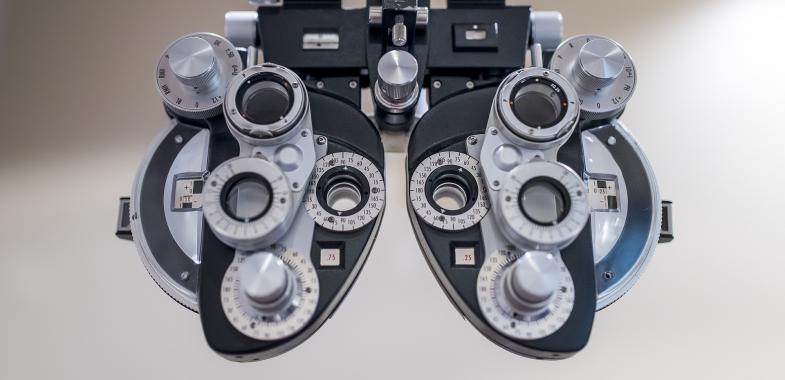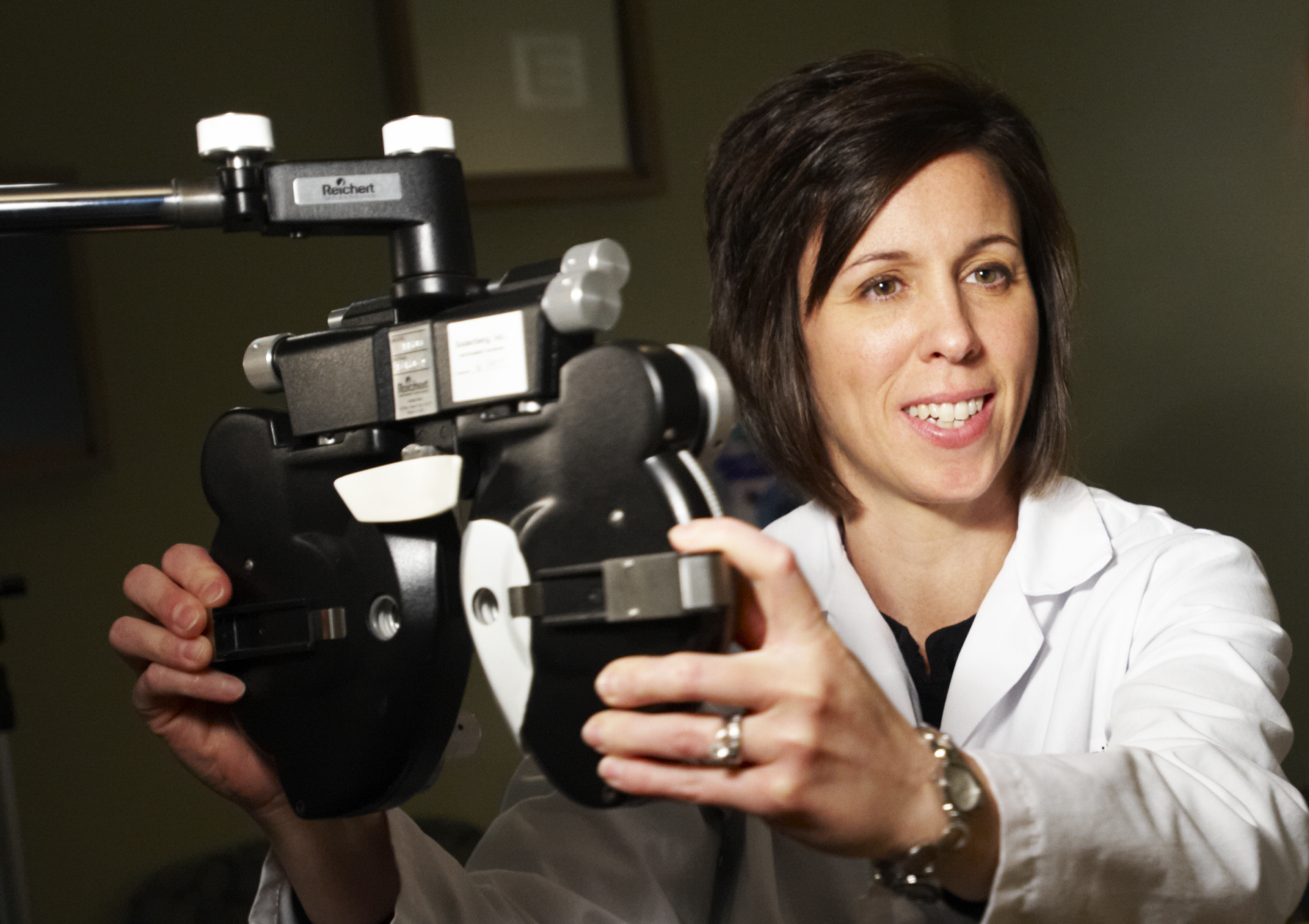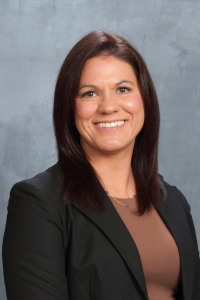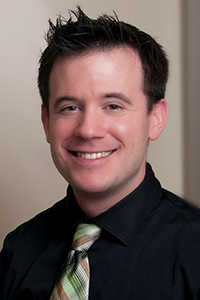Eye Exams


Comprehensive eye exams are very important for your eye health. During a routine exam, your doctor can uncover vision abnormalities and systemic diseases that affect the eyes, such as hypertension and diabetes.
At L.O. Eye Care a comprehensive eye exam includes the following steps:
- A review of your medical history
- A test of your visual acuity to determine how well you see at various distances
- A test to determine your side vision (peripheral)
- An ocular motility test, which evaluates the movement of your eyes
- A refractive test which determines your visual health and assists the doctor in determining what, if any, prescription you need for corrective lenses
- A test to determine the pressure within your eye
- A review of the front of your eye through a slit lamp
- A thorough review of your retina and optic nerve
In most cases your eyes will be dilated for part of the exam. Dilation causes the pupil to expand, allowing the doctor to get a clear view of the back of your eye. Dilation may cause your eyes to be light sensitive for several hours. If driving while dilated is a concern, please make arrangements for someone to drive you home from your appointment.
The American Academy of Ophthalmology (aao.org) suggests that adults have a complete eye exam every 1-2 years. It is also suggested that everyone have a baseline exam at the age of 40 or earlier if you have an eye disease or if you have a risk factor for developing one, such as diabetes, high blood pressure or a family history of eye disease. For children, the American Academy of Ophthalmology suggests vision checks during infancy, at preschool age, and before second grade. Continue exams every two years after that point.
At L.O. Eye Care a complete eye exam can be performed by an ophthalmologist or an optometrist. For information on how these two types of eye professionals differ, visit this overview.


















